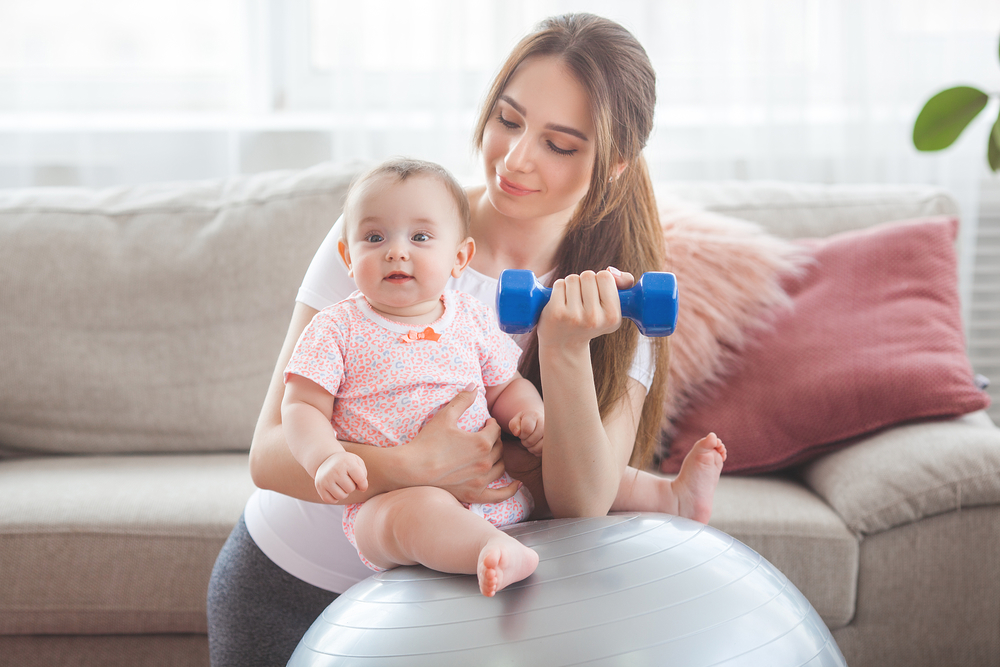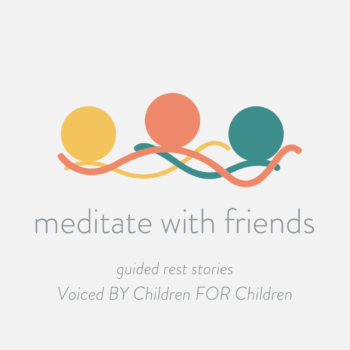Meditation is a great way to improve both our mental and physical health. It’s a positive way of giving the body and the mind a well deserved rest too. But it’s benefits are not just for adults – children can also reap the rewards of a regular meditation practice or more mindful minutes in their days.
If we are tired, grumpy, too excited, nervous or worried about something, mediation can make us feel better. It teaches our brain to focus on what we are doing, which also makes it easier to learn and listen to new information. And, it can make us feel calmer and enjoy bedtime so we sleep better and grow well. The best part – the earlier children learn the skills of meditation, the greater the benefits they will experience over their life time.
But how do you actually introduce meditation into your already busy routine? Here are four simple steps to make the transition smooth and enjoyable for the whole family!
-
Have a chat about it.
Before you dive into meditation, its important to take the time to explain to your child what this new activity is all about. Tell them in simple terms what the practice will involve and why you are doing it. Provide a brief explanation then finish on an open ended question to engage them, like ‘What do you you think might happen if we started meditating everyday?’.
Most importantly – keep it light, relatable and fun. Let go of all your expectations and enjoy the experience.
-
Set the mood
Find a comfortable place to sit, whether that’s inside or out in nature. Ask your child to pick their favourite blanket or cushion to sit on. This will help create a comfortable yet “special” place that your child knows is for meditation.
Next up, make sure the area is clear of any distractions, so its easier for everyone to focus on what is happening in the now. This might involve dimming the lights or closing the blinds. Perhaps it might be covering up distracting electronics (like TV screens). Or spraying some essential oils or lighting a candle. None of these are essential, instead use what you already have available in your home to create the mood.
If you’re comfortable, you could also incorporate some gentle exercise or yoga movement before sitting down to the start the meditation which can help things go more smoothly.
-
Be Patient
It’s important to patient and to keep it simple.
Start off slowly. You can play a guided mediation they are curious about. Even better? Start by playing the first two minutes of the meditation to see if it goes well. If it does, continue a little longer! If it doesn’t – that’s ok too. The key is not to force anything. You can always try again tomorrow.
- Start on a day they are already feeling good.
Start on a good mood day so your kids have a positive association with meditation. Allow them time to slowly build a reliable relationship the practice, and confidence using it, before engaging it to assist with anxiety or during worrying times.
It’s very important to not use meditation during a tantrum or emotional meltdown. In these cases, the goal is to help children improve their mood in the same way they would move up a ladder. That means moving from frustrated or angry through the emotional ladder to happy and content.
Keen to get started? Here are some simple mediation exercises for you to enjoy with your kids:
- Choose a guided meditation app that suits your child – consider length, reader’s voice, your child’s interests etc.
- Talk your child through an easy squeeze and release mindfulness exercise. Encourage them to squeeze different parts of their body before slowly releasing or relaxing those same areas. This helps teach children the difference between feeling tense and relaxed. You could follow this up with open ended questions like ‘What do you feel when you are tensed?’ ‘How is that different to how you feel when you are relaxed?’.
- Another activity is to take three to ten slow deep breaths in and out with your kids. Involve them by getting them to count the breaths.







